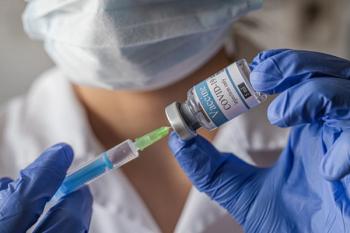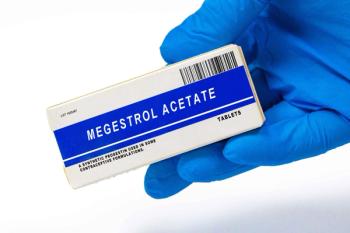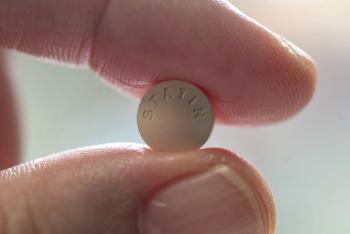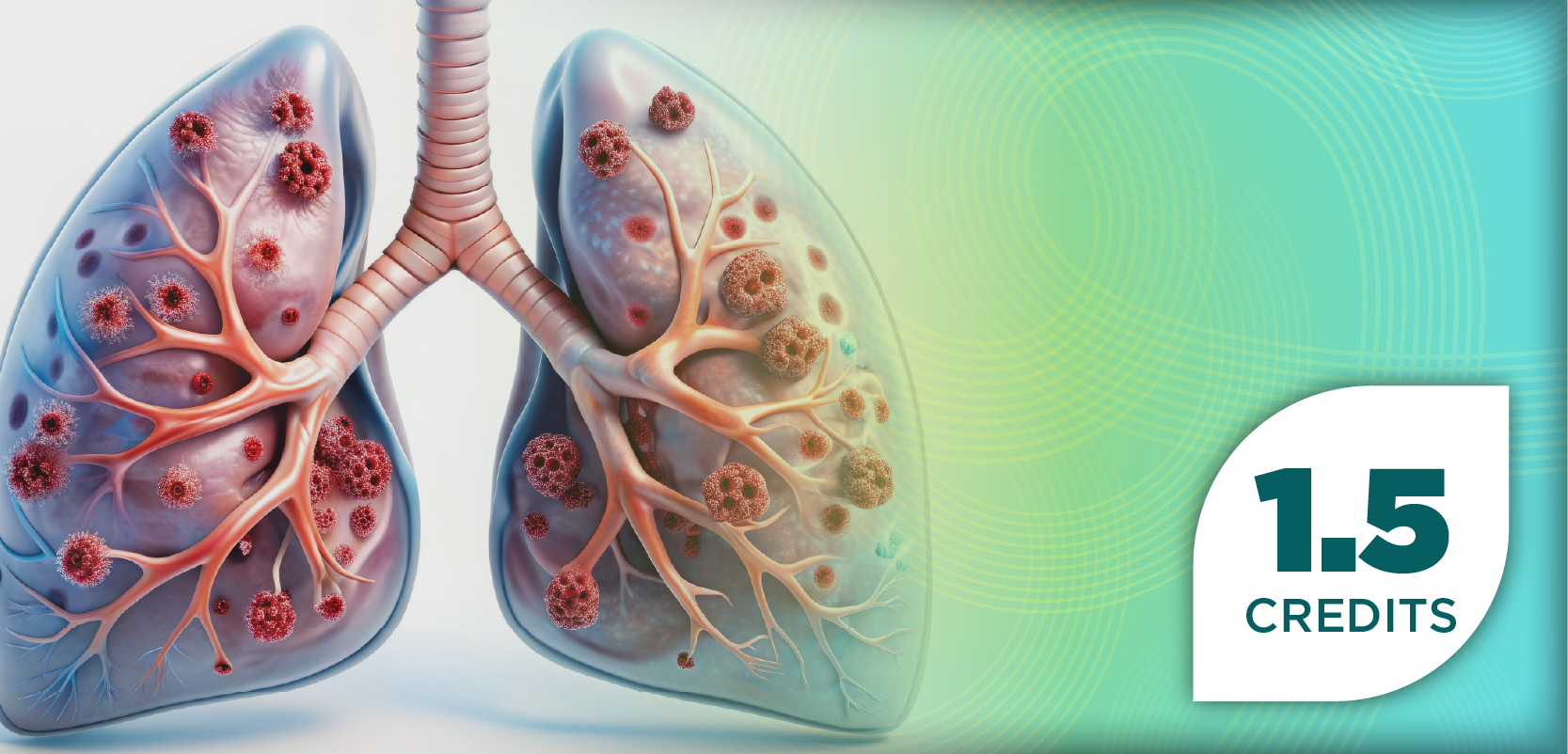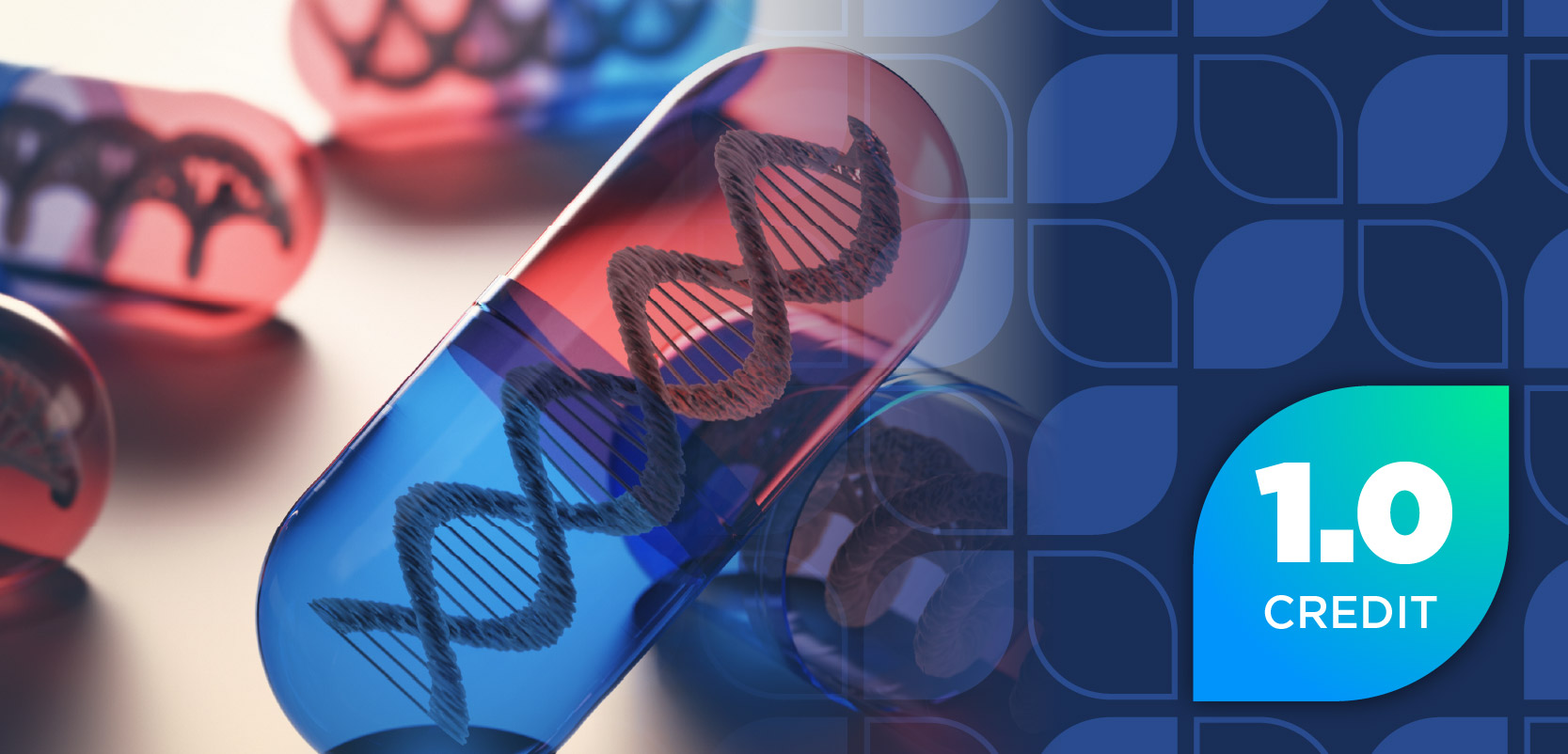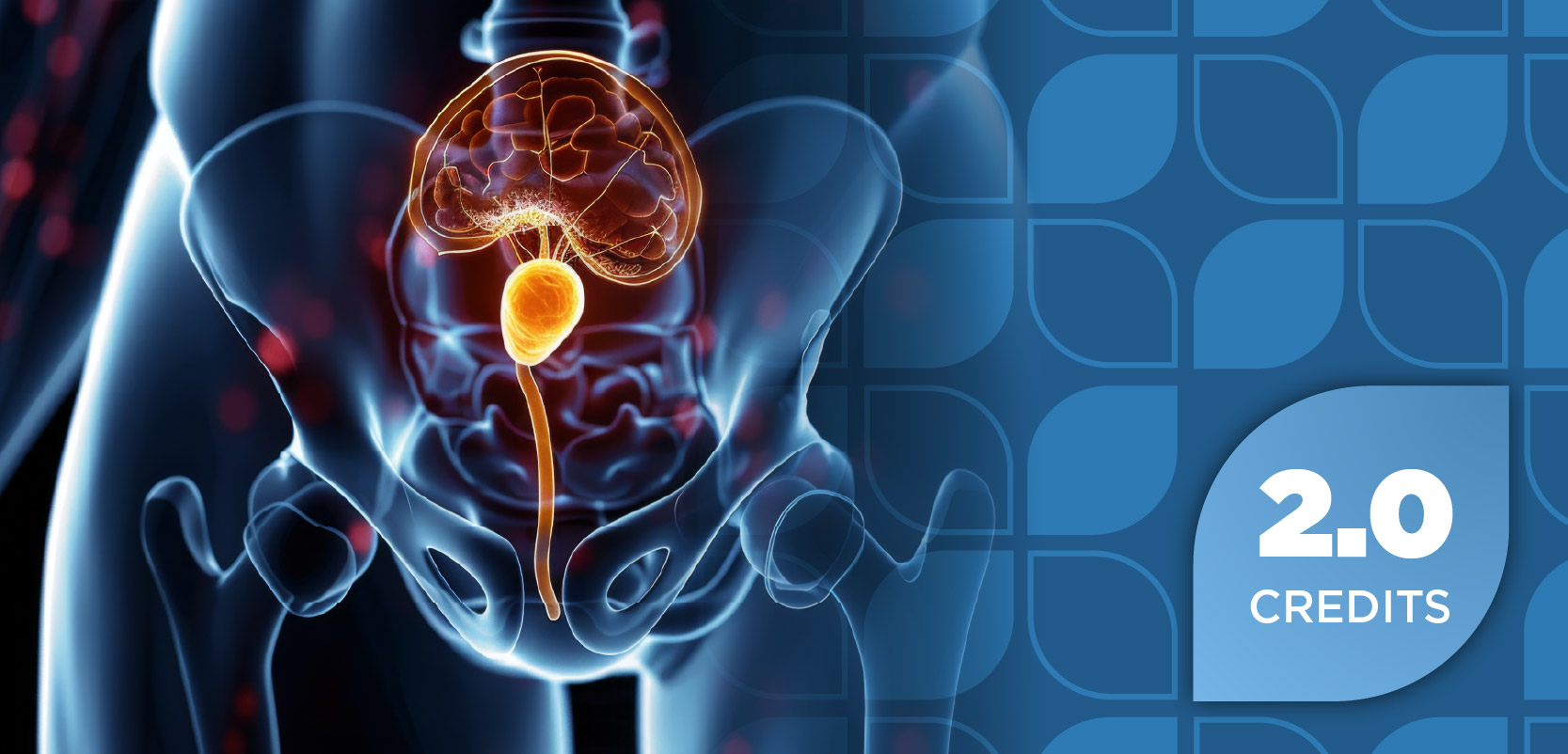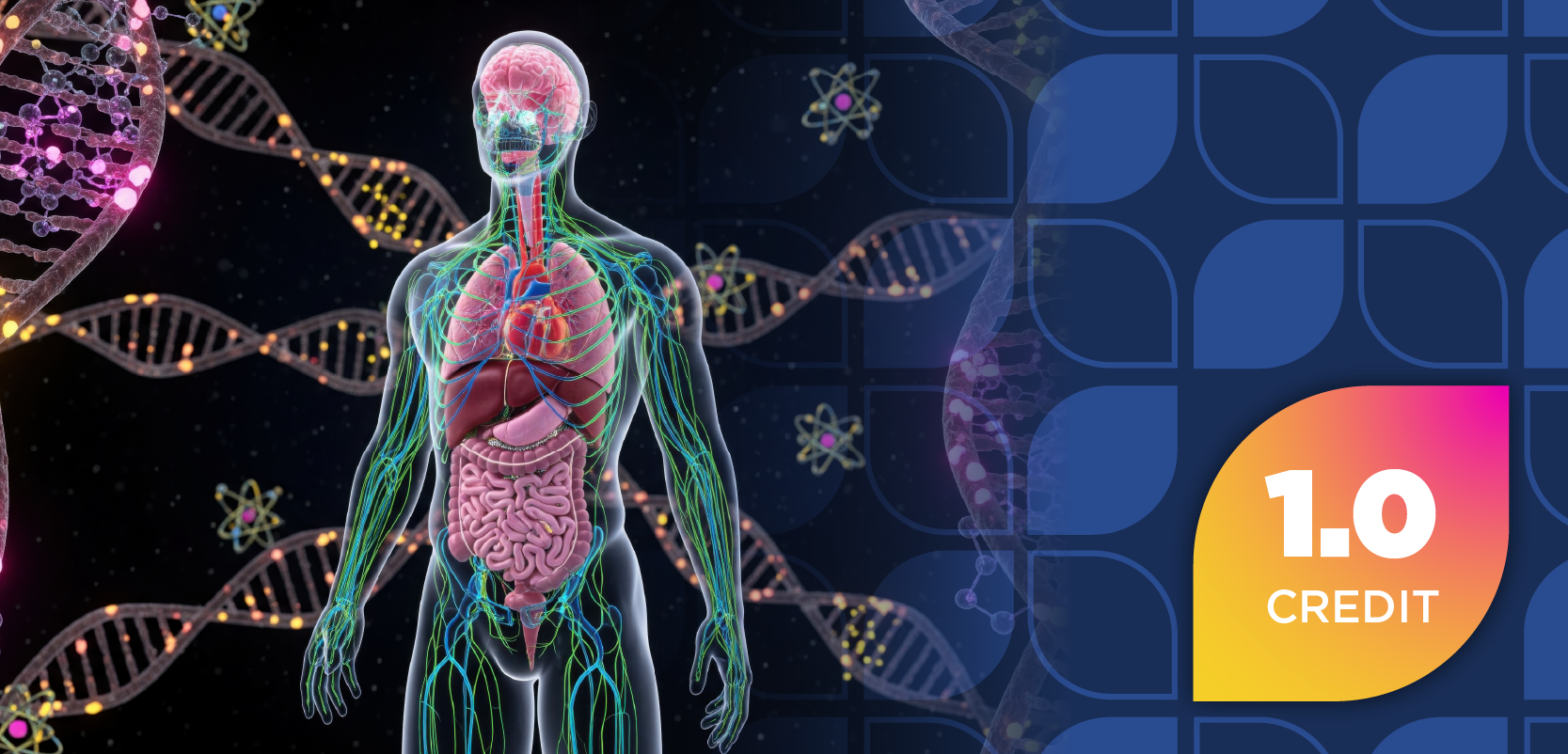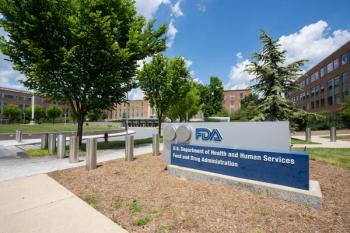
ASCO 2025: Age-Related Differences in Relapsed/Refractory ALL Treatment Outcomes
Key Takeaways
- Obecabtagene autoleucel (obe-cel) demonstrated high remission rates and event-free survival in patients with R/R B-ALL, regardless of age.
- The therapy showed low incidence of severe adverse events and treatment-related mortality, indicating a favorable safety profile.
Obecabtagene autoleucel shows promising efficacy and safety in treating relapsed/refractory B-ALL, benefiting patients of all ages, including older adults.
In the post hoc analysis of the FELIX trial (NCT04404660), obecabtagene autoleucel (obe-cel, Aucatzyl; Autolus Therapeutics) demonstrated a favorable overall remission rate (ORR) and event-free survival (EFS) among patients stratified by age with relapsed/refractory B-cell acute lymphoblastic leukemia (R/R B-ALL). The findings, presented at the 2025 American Society of Clinical Oncology Annual Meeting in Chicago, Illinois, demonstrated that obe-cel is effective and has a positive benefit/risk profile regardless of age, including older adults with R/R B-ALL.1
Understanding Acute Lymphoblastic Leukemia
Acute lymphoblastic leukemia (ALL) is a cancer of the bone marrow and blood that progresses rapidly without treatment and without a clear cause, according to the Leukemia & Lymphoma Society. ALL originates from a single stem cell in the bone marrow that undergoes a mutation, transforming it into an ALL cell. This mutated cell then multiplies uncontrollably into billions of abnormal cells known as leukemic lymphoblasts. Consequently, individuals with ALL have lower-than-normal levels of healthy red blood cells, white blood cells, and platelets. Although ALL begins in the bone marrow, it can also spread to other parts of the body, including the central nervous system, lymph nodes, and the testes, which is less common.2
After intensive treatment, some patients may still have leukemia cells in their bone marrow, known as refractory ALL. In other cases, patients achieve remission only for leukemia cells to return later, known as relapsed ALL. Both relapsed and refractory ALL are generally more challenging to treat, often requiring more intensive or complex therapies than the initial diagnosis.2
Clinical Implications of Obe-Cel
Despite previous clinical trials demonstrating tolerable efficacy in adults with R/R B-ALL that were treated with CD19 chimeric antigen receptor (CAR) T-cell therapy, higher toxicity with increasing age was also reported. However, as an autologous anti-CD19 CAR T, obe-cel demonstrated high and durable response rates with low incidence of immunotoxicity and received FDA approval in November 2024 for R/R B-ALL.3
The approval was granted based on the initial results from the FELIX clinical trial that evaluated the safety and efficacy of autologous T-cells engineered with CAR targeting CD19 among individuals with R/R CD19-positive B-ALL. Based on the findings, the researchers recommend a 410 X 106 CD19 CAR-positive viable T-cell dose of obe-cel administered as a split-dose infusion on day 1 and day 10, based on bone marrow blast assessment and follow fludarabine and cyclophosphamide lymphodepleting chemotherapy.3
Post Hoc Analysis Results
In the post hoc analysis of the FELIX trial, the researchers aimed to evaluate the efficacy, safety, and persistence outcomes with obe-cel stratified by participants’ age among individuals older than 55 years or under 55 years. A total of 127 patients received obe-cel, including 79 patients (62.2%) 55 years and younger with a median age of 36 years and 48 patients (37.8%) 55 years and older with a median age of 65 years.1
The results demonstrated that patients 55 years and younger showed higher proportions of Hispanic/Latino ethnicity (36.7% vs 18.8%), extramedullary disease at lymphodepletion (29.1% vs 8.3%), prior blinatumomab use (53.2% vs 22.9%), and prior inotuzumab ozogamicin use (35.4% vs 25.0%) compared with those 55 years or older.1
After a median follow-up of 21.5 months, the overall response rate was 72.2% in patients under 55 years, whereas it was 87.5% in patients 55 years and older. At 1 year post infusion, durable remission was observed in 68.3% of younger patients and 51.8% of older patients. EFS was comparable between the 2 age groups, with a median of 14.3 months for those under 55 and 11.7 months for those 55 years and older. During remission, 29.8% of younger patients and only 2.4% of older patients proceeded to consolidative stem cell transplant.1
Additional results found that the incidence of severe adverse events like grade 3 cytokine release syndrome and immune effector cell-associated neurotoxicity syndrome was low. Importantly, treatment-related mortality within 3 months post obe-cel infusion was 0% in younger patients, compared with 4.2% in older patients, with similar CAR T-cell persistence in both groups.1
The findings suggest that obe-cel was effective with a positive risk profile regardless of age, including older adults with R/R B-ALL.1
REFERENCES
1. Efficacy and safety outcomes of obecabtagene autoleucel (obe-cel) stratified by age in patients (pts) with relapsed/refractory B-cell acute lymphoblastic leukemia (R/R B-ALL). ASCO. Accessed July 1, 2025. https://www.asco.org/abstracts-presentations/ABSTRACT490718
2. Leukemia & Lymphoma Society. Leukemia. Accessed July 1, 2025. https://www.lls.org/leukemia
3. Halpern L. FDA Approves Obecabtagene Autoleucel for Adults With Relapsed or Refractory B-Cell Acute Lymphoblastic Leukemia. Pharmacy Times. November 11, 2024. Accessed July 1, 2025. https://www.pharmacytimes.com/view/fda-approves-obecabtagene-autoleucel-for-adults-with-relapsed-or-refractory-b-cell-acute-lymphoblastic-leukemia
Newsletter
Stay informed on drug updates, treatment guidelines, and pharmacy practice trends—subscribe to Pharmacy Times for weekly clinical insights.

